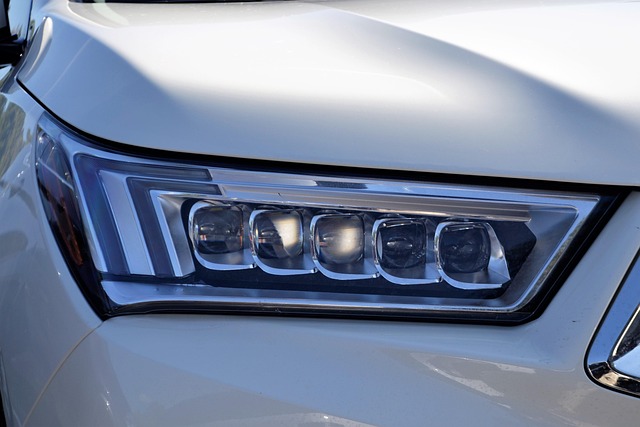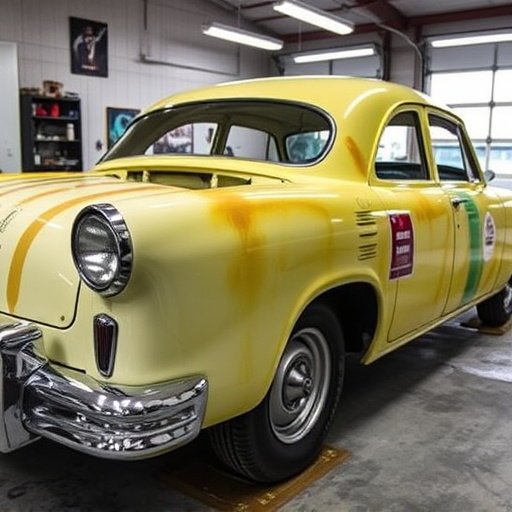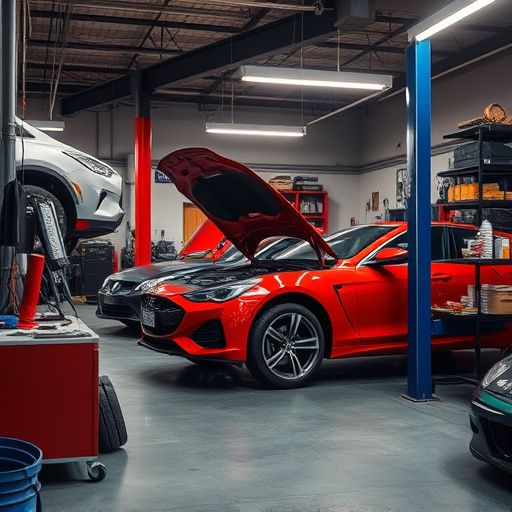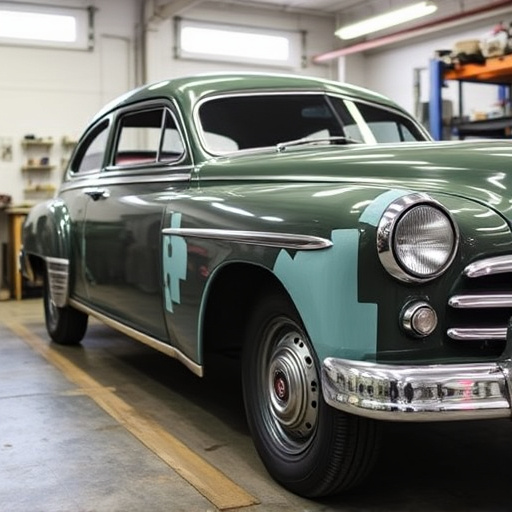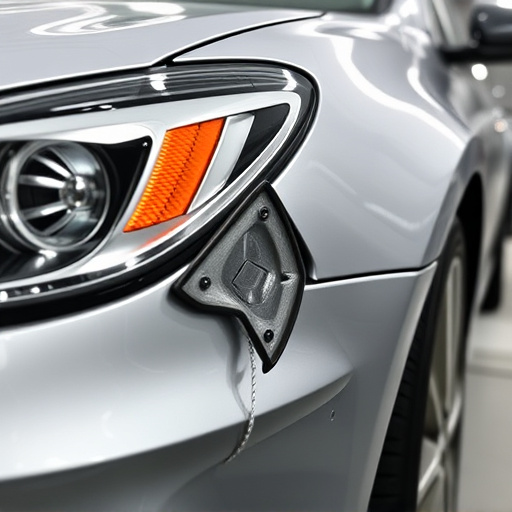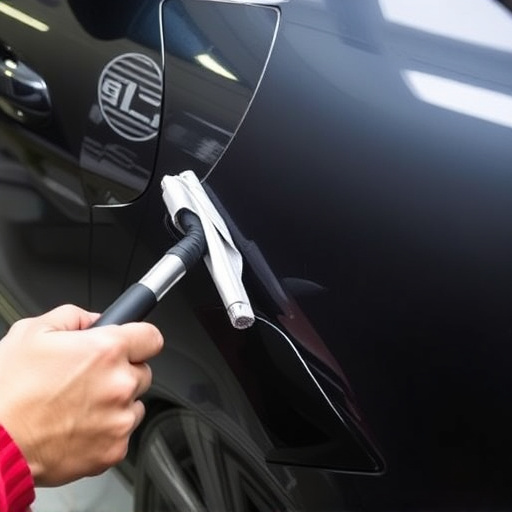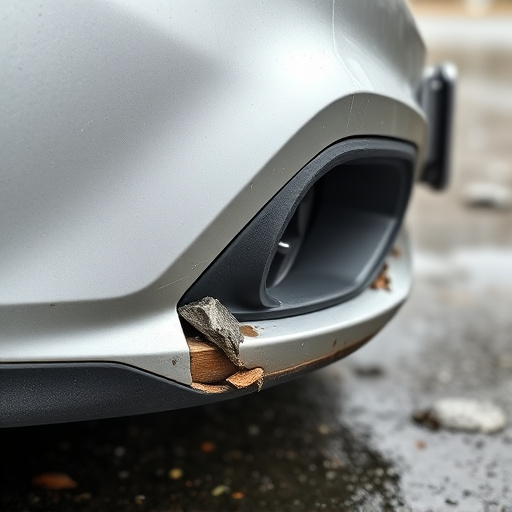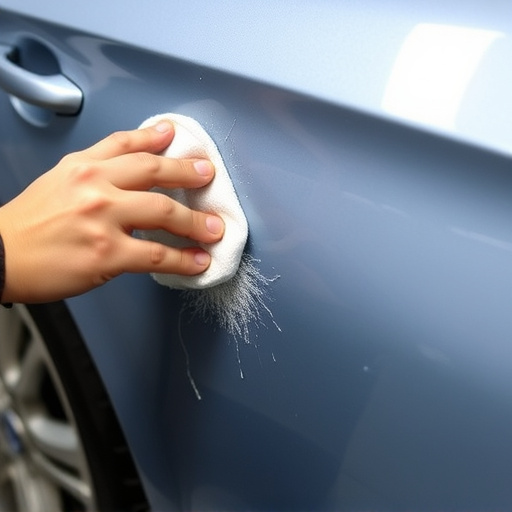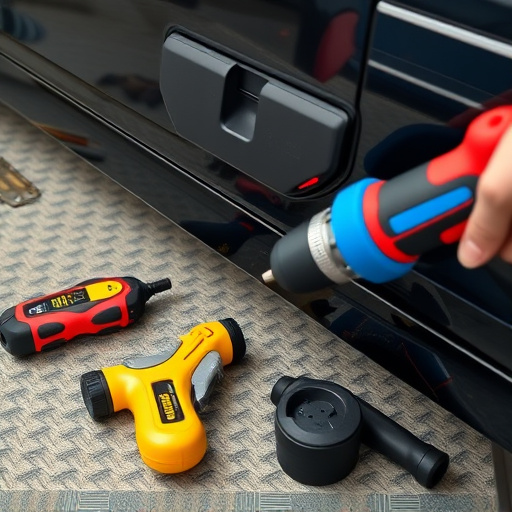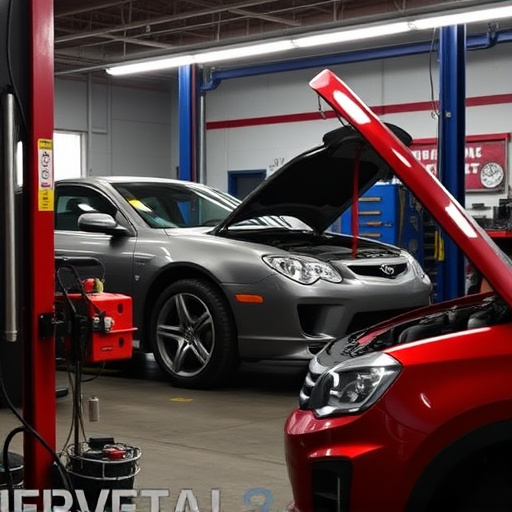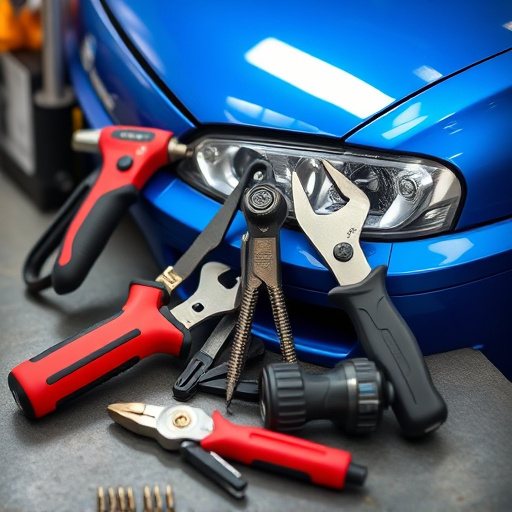OEM repair procedures serve as crucial, detailed guidelines from original equipment manufacturers (OEMs) ensuring vehicles are repaired to exact specifications. These cover tasks from fender replacement to complex frame straightening, dictating tools, materials, and precise instructions for collision repair professionals. Adhering to OEM guidelines offers advantages like precision, quality, and enhanced safety features, restoring vehicles' pre-accident conditions while preserving structural integrity and aesthetic appeal. Although initially demanding in terms of training and parts costs, staying current with OEM updates guarantees vehicle safety, reliability, and increased resale value.
“OEM repair procedures play a pivotal role in collision repair, ensuring vehicles return to their original specifications. This article delves into the intricacies of these procedures, highlighting their significance for maintaining vehicle safety and performance. We explore the benefits of adhering to Original Equipment Manufacturer (OEM) guidelines, including improved quality control and customer satisfaction. Additionally, we address best practices and challenges faced by repair shops when implementing OEM repair procedures.”
- Understanding OEM Repair Procedures: The Basics
- Benefits of Following OEM Guidelines in Collision Repair
- Implementing OEM Repair Procedures: Best Practices and Challenges
Understanding OEM Repair Procedures: The Basics
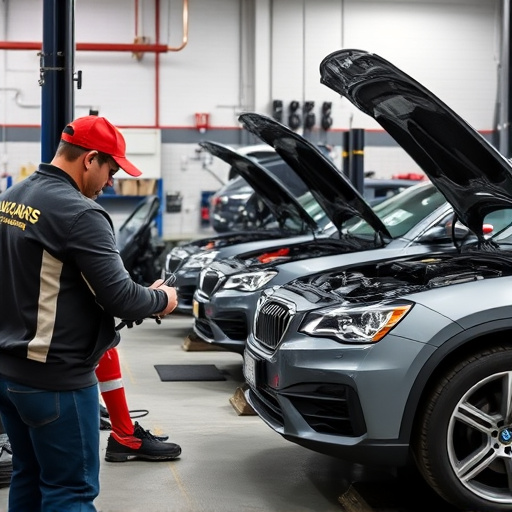
OEM repair procedures are a set of standardized guidelines that original equipment manufacturers (OEMs) create to ensure vehicles are repaired to their exact specifications. These procedures detail step-by-step processes for everything from simple tasks like replacing a fender to complex procedures like frame straightening. By following these guidelines, vehicle body shops can deliver high-quality auto body services that maintain the integrity and safety of the original vehicle design.
Understanding OEM repair procedures is crucial for any professional in the collision repair industry. These procedures not only dictate the tools and materials to use but also provide detailed instructions on how to achieve precise results. Frame straightening, a critical component of many repairs, often has specific steps that must be followed to ensure the vehicle’s structural integrity remains intact. Adhering to OEM guidelines ensures that vehicles leave the shop looking like new, protecting both the reputation of the body shop and the safety of its customers on the road.
Benefits of Following OEM Guidelines in Collision Repair
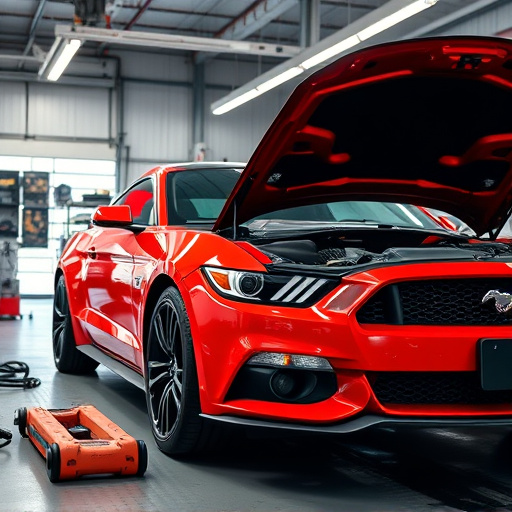
Following OEM (Original Equipment Manufacturer) guidelines during collision repair offers numerous advantages for both car body shops and vehicle owners. One of the key benefits is ensuring precision and quality in the repair process. OEM procedures provide detailed, step-by-step instructions tailored to each specific make and model, allowing skilled technicians to accurately replicate the original manufacturing standards. This meticulous attention to detail results in a vehicle with its pre-accident appearance, functionality, and performance restored.
Moreover, adhering to OEM guidelines facilitates efficient tire services and overall vehicle bodywork repairs. The manufacturer’s guidelines ensure that parts are replaced correctly, matching the original specifications. This precision is vital for maintaining the car’s safety features, structural integrity, and aesthetic appeal. For car body shops, following these procedures can enhance their reputation as they demonstrate a commitment to delivering top-notch repairs that meet or exceed industry standards.
Implementing OEM Repair Procedures: Best Practices and Challenges
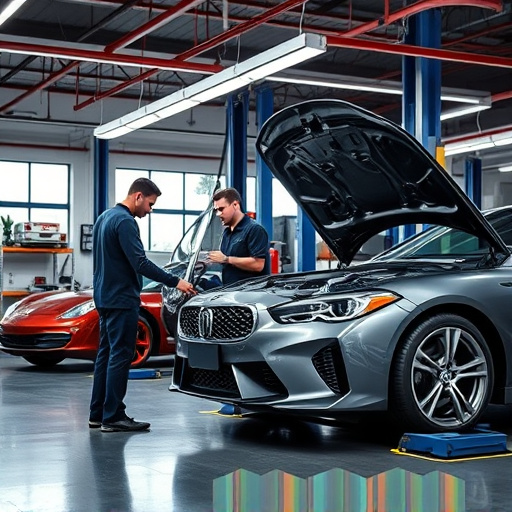
Implementing OEM (Original Equipment Manufacturer) repair procedures is a critical aspect of modern collision repair. These guidelines ensure that cars are restored to their pre-accident condition, maintaining both structural integrity and aesthetic appeal. Best practices involve adhering strictly to the manufacturer’s specifications, using approved parts, and employing advanced techniques as recommended by the OEM. This meticulous approach not only guarantees the safety and reliability of the vehicle but also preserves its resale value.
However, there are challenges associated with adopting OEM repair procedures. These include the initial investment in training staff to follow these precise protocols and sourcing original equipment parts, which may be more expensive than aftermarket alternatives. Additionally, staying current with constant updates from manufacturers requires ongoing education and resources. Despite these hurdles, embracing OEM standards in car collision repair services remains a best practice that delivers superior results for vehicle owners.
OEM repair procedures play a pivotal role in collision repair, ensuring vehicles return to their pre-accident condition. By adhering to original equipment manufacturer (OEM) guidelines, repair shops can achieve superior quality, safety, and customer satisfaction. While implementing these procedures presents challenges, best practices include staying updated with OEM updates, investing in proper training and tools, and fostering a culture of precision and attention to detail. Embracing OEM repair procedures is not just a best practice—it’s a commitment to excellence in the automotive industry.
